From the July/August 2023 issue of Apollo. Preview and subscribe here.
This is a book about a bookcase: a particularly bookish bookcase, at that, because it can be read like a book, and is painted with scenes from books and with portraits of writers (and artists). Its author Charlotte Ribeyrol puns on this recursive theme, calling it a ‘book(case) study’. All this might suggest an overly self-sustaining subject – were it not that the object in question resembles a work of architecture as much as a piece of furniture and is capacious enough to accommodate not just printed matter, but whole worlds of mythology and learning.
 Commissioned by William Burges between 1859–62, the Great Bookcase bears the work of hands drawn from the wide pool of his artistic acquaintance. It represents the zenith of what Ribeyrol calls ‘the short-lived craze for painted furniture’, a phenomenon that found a pretext for combining the fine and applied arts in the decoration of functional surfaces. It also represents a highly unusual example of ‘office furniture’, in that it was designed for use in rooms occupied by Burges’s architectural practice. It has a history of public display, too, albeit one marked by long eras of seclusion. First shown in the Medieval Court of the International Exhibition in London in 1862, it was purchased by the Ashmolean Museum in 1933, only to be kept in storage until its arrival on the gallery floor in 2016.
Commissioned by William Burges between 1859–62, the Great Bookcase bears the work of hands drawn from the wide pool of his artistic acquaintance. It represents the zenith of what Ribeyrol calls ‘the short-lived craze for painted furniture’, a phenomenon that found a pretext for combining the fine and applied arts in the decoration of functional surfaces. It also represents a highly unusual example of ‘office furniture’, in that it was designed for use in rooms occupied by Burges’s architectural practice. It has a history of public display, too, albeit one marked by long eras of seclusion. First shown in the Medieval Court of the International Exhibition in London in 1862, it was purchased by the Ashmolean Museum in 1933, only to be kept in storage until its arrival on the gallery floor in 2016.
The Ashmolean seems entirely the right place for it. The bookcase pairs naturally with that museum’s other great work of Victorian painted furniture, the Prioress’s Tale Wardrobe (1859) by Philip Webb and Edward Burne-Jones, which by contrast has been on display for many years. Changing tastes may have played a part in this uneven treatment: Burges undoubtedly occupies the weirder end of Victorian medievalism. Anyone who travels the A470 running out of Cardiff, and peers up at the towers of Castell Coch, his most famous edifice, witnesses something closer to a fever dream than a building (Disney castles come to mind).
The point is not that Burges’s Gothicism is less authentic than, for instance, the Royal Courts of Justice by G.E. Street, but that he felt no compunction to justify his fantasies in historicist or reconstructive terms. Unlike his near contemporaries Pugin and Ruskin, Burges spurned the idea of Gothic as ‘Christian architecture’ in favour of the ‘Paganism of the Middle-Ages’ and what Ribeyrol calls ‘polychrome fictions’. This approach licenses a blend of national styles, and an almost self-conscious aberration of taste: a version of kitsch that might explain why he featured so minimally in reappraisals of medievalism in the late 20th century.
By telling the story of this remarkable commission, Ribeyrol puts Burges back at the centre of things. With contributions from Edward Burne-Jones, Simeon Solomon, Henry Holiday, Edward J. Poynter, Frederick Smallfield and Albert Moore (among others), the bookcase bears testament to his reach and his patronage of upcoming artists. It seems he shared in a key principle of the Ruskinian mainstream, that architecture is the mother of all arts. There is much that is distinctively Victorian about the Great Bookcase, but like the desk spaces and shelving depicted in medieval manuscripts, it offers an integrated vision of the book as part of an architecture encompassing shelves and seating positions, both at the level of the piece’s physical dimensions and of a painted panel that shows Dante at his desk.
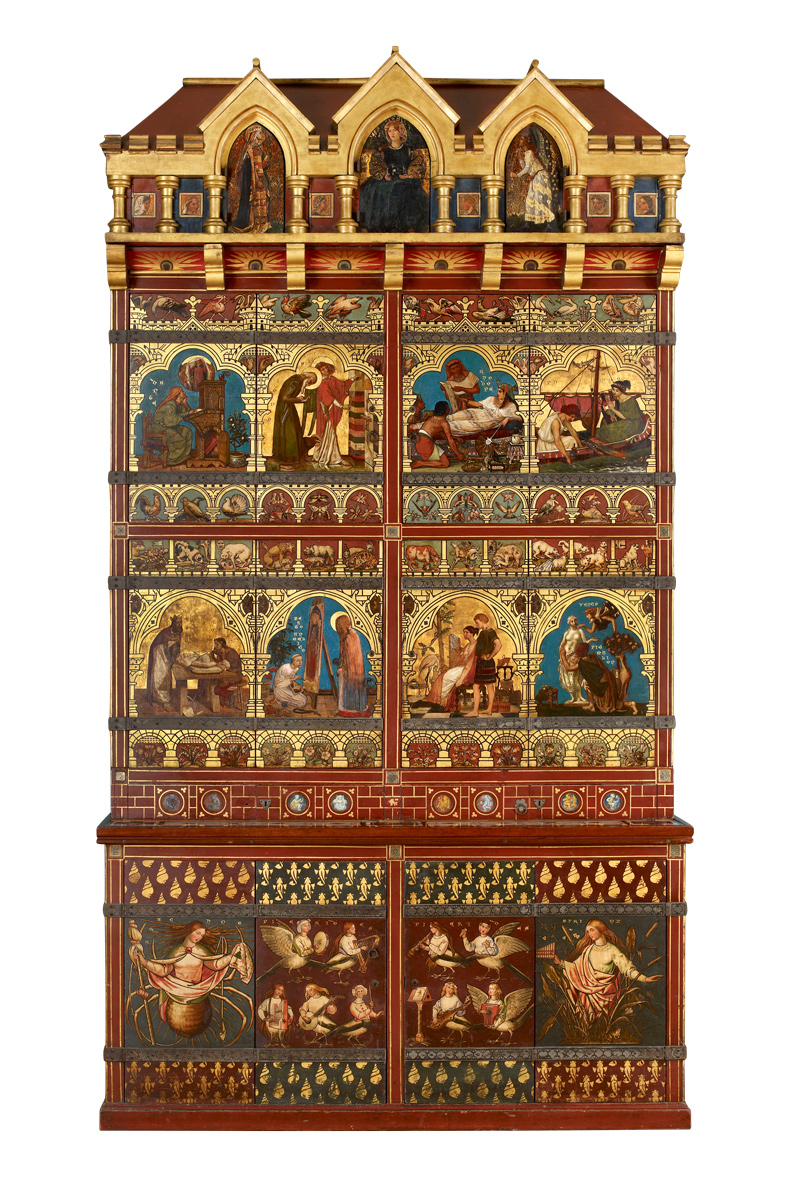
Great Bookcase (1859–62), William Burges. Ashmolean Museum, Oxford
It is a shame that Ribeyrol does not provide more information on how the bookcase was built. We learn that it was made of pine, but hear little of its joinery or of the craftsmen who assembled it. In part this reflects the volume’s concern with surface decoration, and more specifically with colour. Ribeyrol argues that the mid-century ‘colour revolution’ was not solely a Teutonic speciality – catalysed, it is sometimes said, by the leading role of German chemical companies in manufacturing aniline dyes. Of course this subject has not been entirely neglected: the Pre-Raphaelite preoccupation with colour symbology is well appreciated, as is William Morris’s rejection of synthetic dyes in favour of revived herbal recipes. But this volume breaks new ground in revealing the sheer extent and diversity of thinking about colour in the period. It provides incidental chemical and cultural histories of particular colours (including the discovery of the poisonous properties of arsenic green); and through a non-invasive analysis of the wardrobe’s layered paintwork (recounted in an appendix by Tea Ghigo), it confirms the presence of distinctly synthetic pigments.
Ribeyrol rightly traces Burges’s project through the poetic representations that influenced Pre-Raphaelite experimentation, to the extent of forming a theory about ‘embodied poems’. Pleasingly, there is even a place here for the bird portraiture of Henry Stacy Marks. Ribeyrol also adds to our understanding of the debates about colour in classical statuary waged between Victorian chromophiles and chromophobes. We learn, for instance, of Burges’s view that the Elgin Marbles contained ‘few remains of colour; possibly owing to the circumstance that the blocks had been boiled down in soap-grease in order to take casts from them’. It can sometimes feel that we have travelled a long way from the bookcase. But there is much compensating interest in the detour, most particularly where John Gibson’s ‘dangerously realistic’ tinted Venus is concerned, and its relation to the anatomical cross sections of the period.
Each chapter explores a particular panel, so that the book structurally mirrors its subject. As one detail links to another, the micro becomes the macro. This is exhilarating, albeit at points dizzying and not always sustainable given the volume’s equally ambitious history of the Victorian relationship with colour. It is easy to forgive the book these weaknesses, however, because the audacity ultimately pays off: we emerge with the sense of having discovered an entire artistic culture through a single piece of furniture.
William Burges’s Great Bookcase and The Victorian Colour Revolution by Charlotte Ribeyrol (with Tea Ghigo) is published by Yale University Press.
From the July/August 2023 issue of Apollo. Preview and subscribe here.
Unlimited access from just $16 every 3 months
Subscribe to get unlimited and exclusive access to the top art stories, interviews and exhibition reviews.

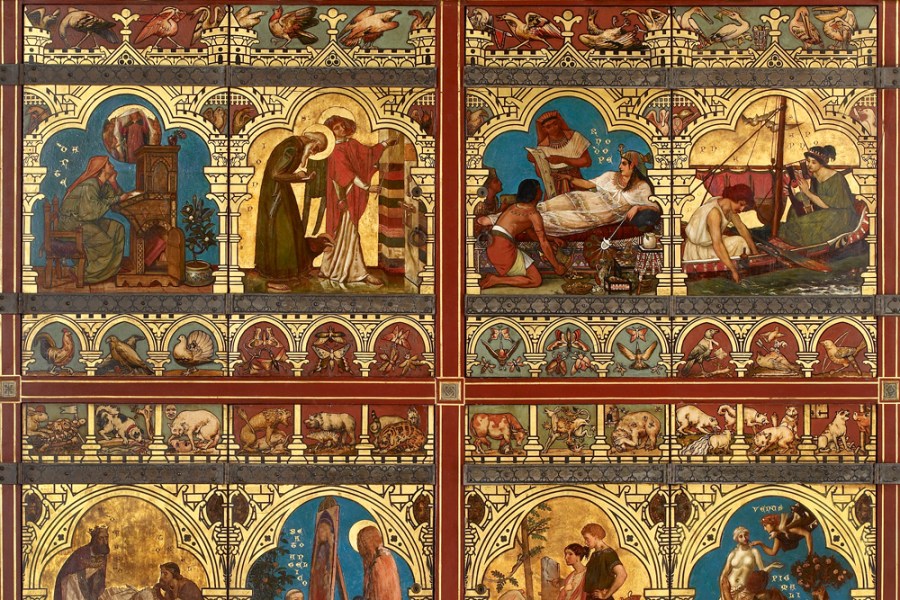
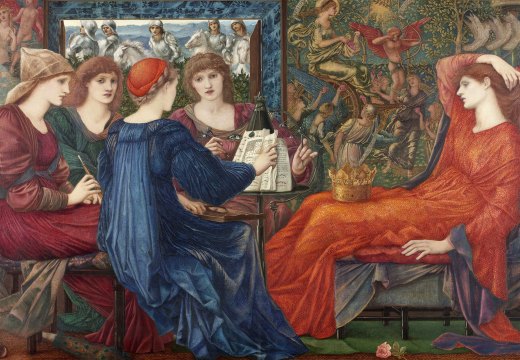
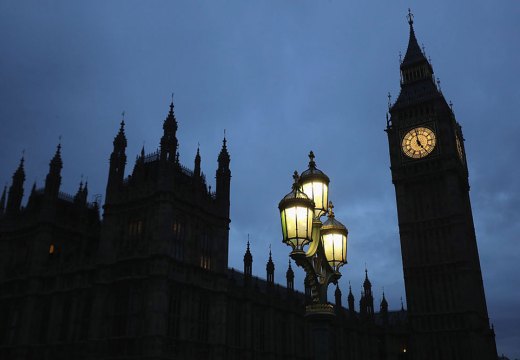
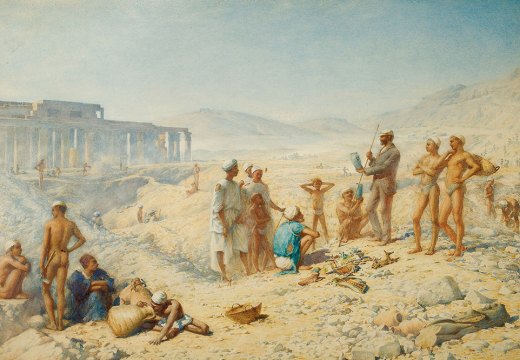









![Masterpiece [Re]discovery 2022. Photo: Ben Fisher Photography, courtesy of Masterpiece London](http://www.apollo-magazine.com/wp-content/uploads/2022/07/MPL2022_4263.jpg)
Has the Fitzwilliam lost the hang of things?